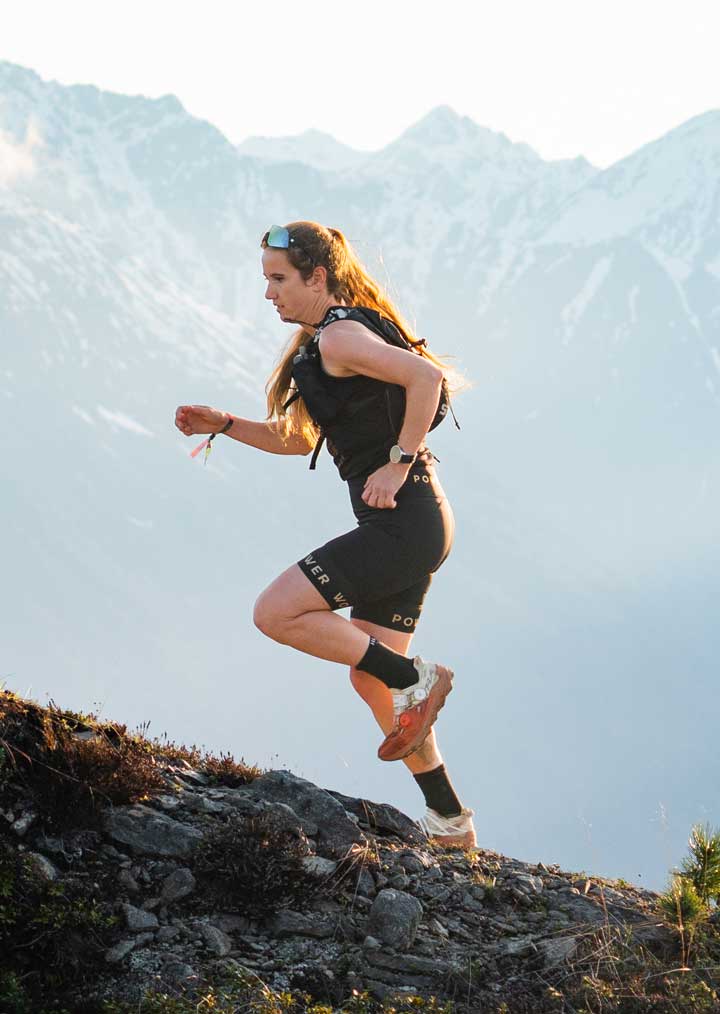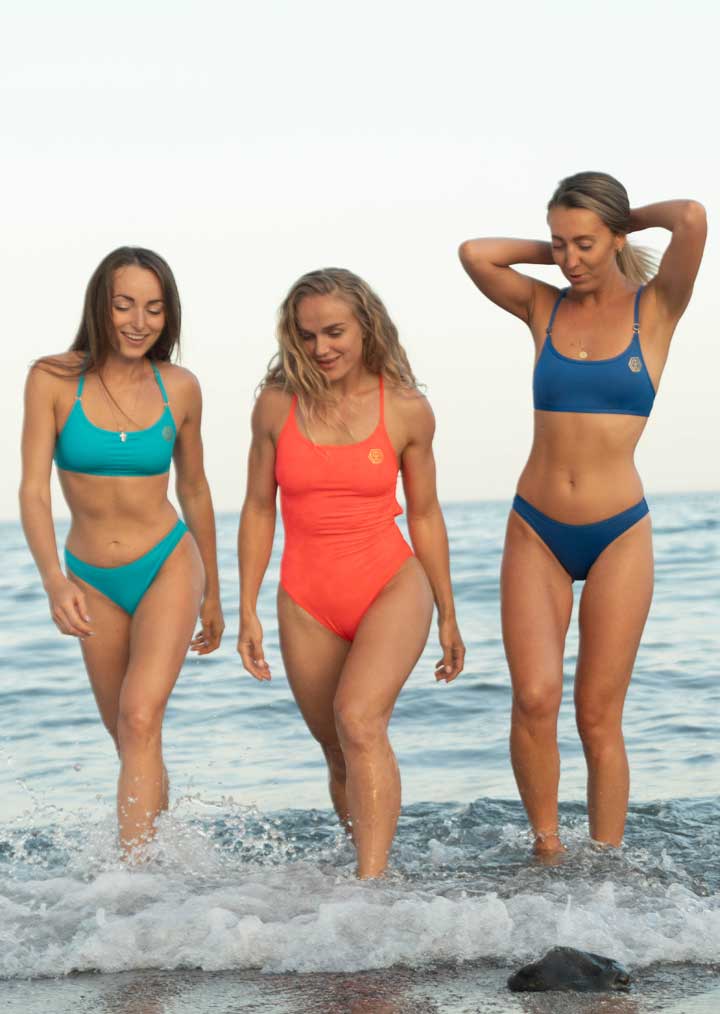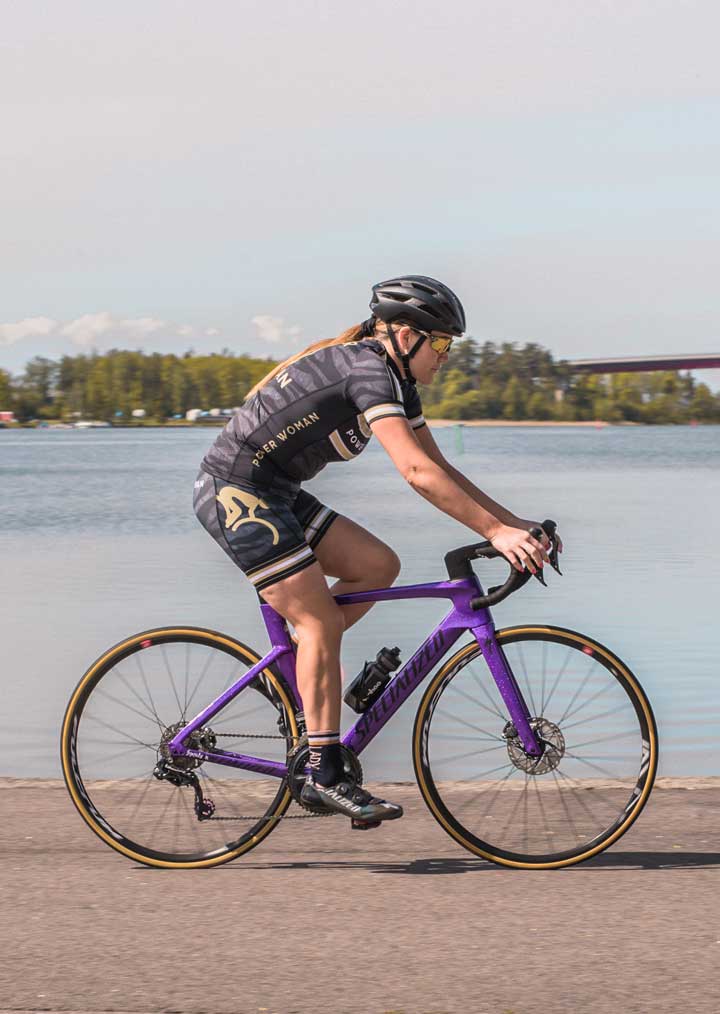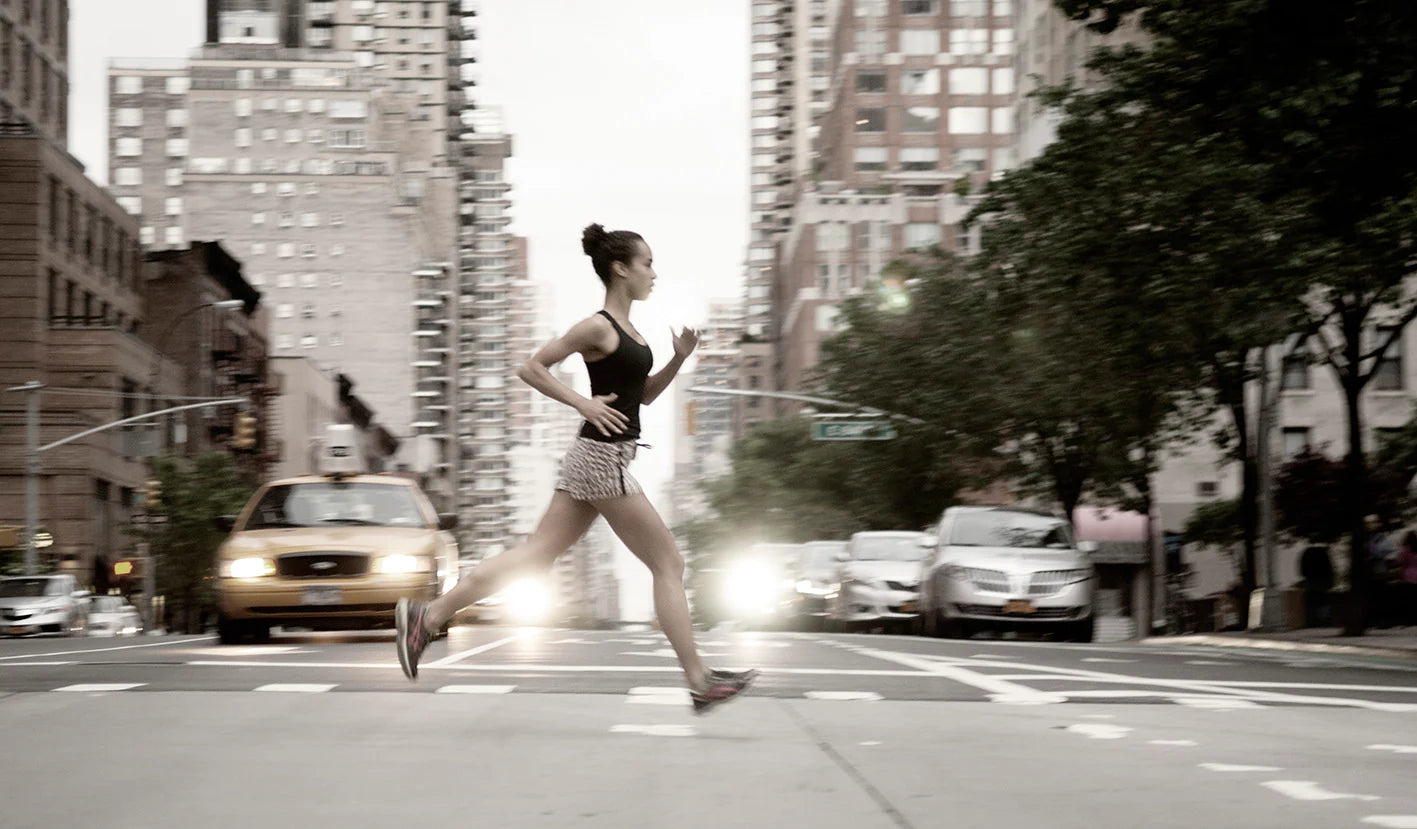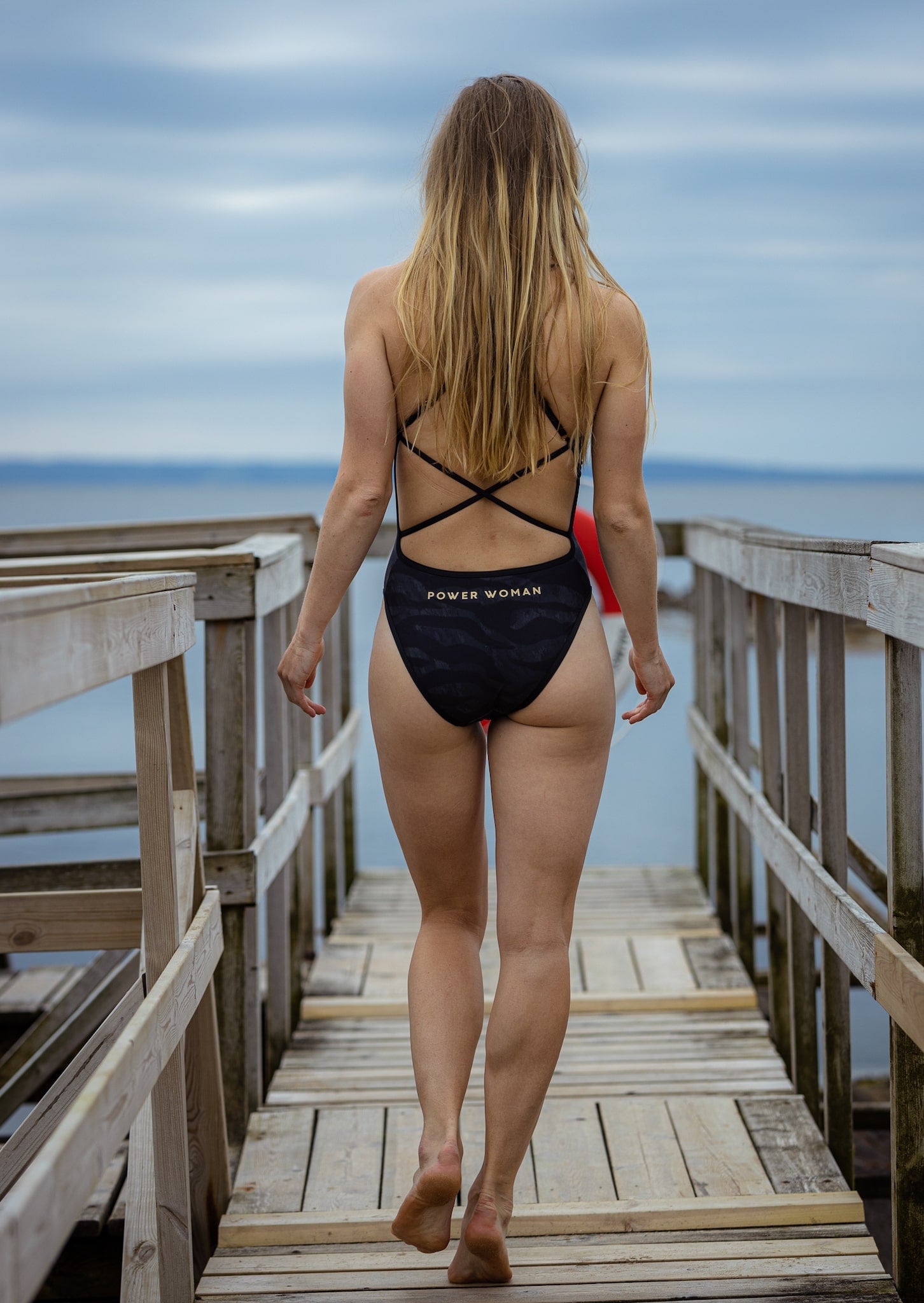Open water swimming can be a challenging yet exhilarating experience. Whether you're a beginner or a seasoned swimmer, improving your technique and avoiding common mistakes can help take your swimming to the next level. In this article, we've compiled a list of the top 10 mistakes to avoid in open water swimming, based on insights from the Power Woman community. By following these tips, you can swim more efficiently, confidently, and safely in open water.

-
You cross your arms too much!
Inexperienced swimmers often cross their arms too much when doing the crawl. This not only makes the stroke less efficient but also causes unnecessary strain on the shoulders. Make sure your arms are extended straight ahead of you before pulling them back in the water. Imagine there is a bar going across your shoulders that you must touch with each stroke, but your arms should not cross this imaginary bar.
-
You swim with your head out of the water!
Some swimmers keep their heads out of the water when doing the crawl. This creates more resistance and makes the stroke less efficient. Focus on keeping your head in the water and only turning to the side to breathe. This will not only improve your technique but also increase your speed and endurance.
-
You have a weak core!
A strong core is essential for good swimming technique. Without it, you may find yourself struggling to maintain a horizontal position in the water, which will slow you down and cause you to tire more quickly. To strengthen your core, incorporate exercises like planks, crunches, and Russian twists into your workout routine.
-
You swim with your arms too straight!
Swimming with your arms too straight can cause strain on your shoulders and limit your range of motion. Make sure to keep a slight bend in your elbows throughout the stroke. This will also allow for a better catch and pull through the water, increasing your propulsion and speed.
-
You don't rotate your body enough!
Rotating your body is crucial for a strong and efficient crawl. Without it, your stroke will be limited, and your speed and endurance will suffer. Focus on rotating your hips and shoulders with each stroke, keeping your head in line with your body. This will also help with breathing and balance in the water.
-
You don't use your hips enough!
Your hips are a major source of power in the water, but many swimmers don't use them effectively. Focus on driving your hips forward with each stroke, using them to generate more power and speed. Think of your hips as the engine of your stroke, with your arms and legs as the pistons.
-
You don't practice enough in open water!
Open water swimming is very different from pool swimming, and it's important to practice in open water to prepare for races and events. Find a safe and supervised area to practice in, and work on sighting, navigation, and drafting. This will not only improve your technique but also boost your confidence and make you a better open water swimmer.
-
You have a low arm frequency!
When you swim with excessive leg kick and low arm frequency, you lose buoyancy and power. Most adult and beginner swimmers have a slow and low frequency. Think of it as the difference between walking and running. Sure, you can reach the destination by walking, but it's not the technique you would use while competing in a running race. When you increase your arm frequency and develop a rolling, dynamic, and continuous arm stroke without stopping positions, you will swim more efficiently. Above all, avoid sliding your arm at the front of the arm hold. You never want to get stuck in an extreme position.
-
You try to swim "nicely"!
Don't try to swim nicely. Instead, focus on swimming efficiently. Technique and style are two different things, and you are not training for artistic swimming!
-
You try to swim as far as you can!
If you want to cover the maximum distance during a swim session, you should jump in and stretch, much like a typical running or cycling session. However, if you aim to swim as well as possible, you should swim short intervals with the highest possible efficiency. Let's be honest, how far can you swim with good efficiency, technique, and operating economy? How far can you run in a stretch when you are used to walking?

We hope that these tips have helped you improve your open water swimming technique and avoid some of the most common mistakes. Remember that becoming a better swimmer takes time, effort, and practice. By focusing on your technique, developing good habits, and avoiding common mistakes, you can take your swimming to the next level.
It's also important to stay safe while swimming in open water. Always swim with a buddy, wear a brightly colored swim cap, and be aware of your surroundings. Additionally, make sure to check the weather conditions and water temperature before entering the water.
Finally, enjoy your time in the water! Open water swimming can be a peaceful and invigorating experience, and by following these tips, you'll be able to swim more efficiently, comfortably, and confidently.


